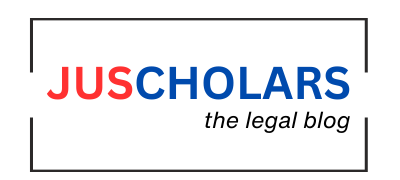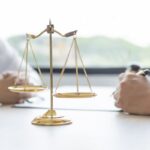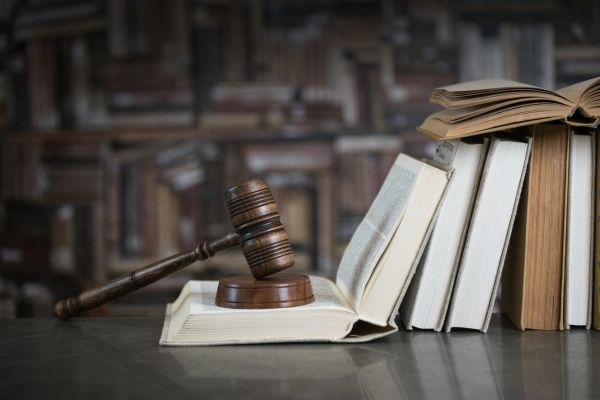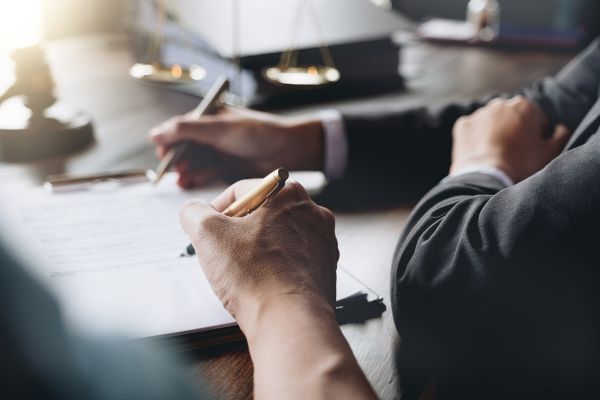Introduction
In any well-functioning democracy, the principle of checks and balances ensures that power is distributed, not concentrated. This foundational concept, rooted in the separation of powers, prevents any single branch of government legislative, executive, or judicial—from dominating the others. By design, it fosters accountability, protects individual rights, and maintains the rule of law. Let’s explore how checks and balances work, their historical origins, and why they remain vital today.
The Origins of Checks and Balances
The idea of dividing governmental power traces back to thinkers like Montesquieu, whose 1748 work, The Spirit of the Laws, argued that liberty depends on separating authority. Inspired by this, the framers of the U.S. Constitution embedded checks and balances into the document, ratified in 1788. They sought to prevent tyranny, drawing lessons from both ancient republics and their own experiences under British rule.
Other democracies worldwide have adopted similar systems, tailoring the principle to their unique political structures. Whether in parliamentary or presidential systems, the goal remains the same: no one person or branch should wield unchecked power.
How Checks and Balances Work
Checks and balances operate through a deliberate interplay of powers among government branches. Each branch has distinct roles but also specific tools to limit the others. Here’s how this works in practice, using the U.S. system as an example:
- Legislative Branch (Congress): Makes laws, controls budgets, and can override presidential vetoes with a two-thirds vote. It also holds the power to impeach and remove. the president or judges for misconduct. However, the judiciary can strike down laws as unconstitutional, and the executive can veto legislation.
- Executive Branch (President): Enforces laws, commands the military, and nominates judges and officials. The president can veto bills, but Congress can override vetoes, and the Senate must confirm nominations. The judiciary can block executive actions that violate the Constitution.
- Judicial Branch (Courts): Interprets laws and ensures they align with the Constitution. Federal judges, appointed for life, can invalidate laws or executive actions. However, Congress can amend the Constitution, and the president nominates judges, subject to Senate approval.
Real-World Examples
Checks and balances are not abstract; they shape governance daily. Consider these U.S. examples:
- In 1974, the Supreme Court ruled in United States v. Nixon that President Nixon had to release Watergate tapes, affirming judicial authority over the executive.
- In 2013, Congress refused to pass President Obama’s proposed military strikes on Syria, demonstrating legislative restraint on executive war powers.
- In 2020, the Supreme Court struck down a Trump administration attempt to end DACA, showing judicial checks on executive policy.
Why Checks and Balances Matter
- Prevents Abuse of Power: By dividing authority, no single entity can act unilaterally, reducing the risk of authoritarianism.
- Protects Rights: Judicial review ensures laws and actions respect constitutional protections, safeguarding individual freedoms.
- Encourages Compromise: Overlapping powers force branches to negotiate, fostering collaboration and moderation.
- Ensures Accountability: Mechanisms like impeachment or judicial oversight hold leaders responsible for misconduct.
Challenges and Criticisms
While effective, checks and balances aren’t flawless. Critics argue they can lead to gridlock, as seen in U.S. government shutdowns when branches fail to agree on budgets. Others note that partisan loyalty sometimes undermines the system, with branches shielding allies rather than checking them. In extreme cases, weak institutions or public apathy can erode these safeguards, allowing power to consolidate.
Yet, these challenges highlight the system’s strength: it relies on active participation, institutional integrity, and public vigilance to function. When citizens demand accountability, checks and balances thrive.
Conclusion
Checks and balances are more than a political mechanism—they’re a safeguard of democracy itself. By ensuring no one has all the power, they protect against tyranny, uphold rights, and promote governance that reflects diverse voices. In an era of polarization and global democratic backsliding, this principle remains as crucial as ever. For democracies to endure, citizens must understand and defend the delicate balance that keeps power in check.
Author: S. Abdul kalaam is a BA.LL.B(Hons) Student at Saveetha School of Law, Saveetha Institute of Medical and Technical Sciences







